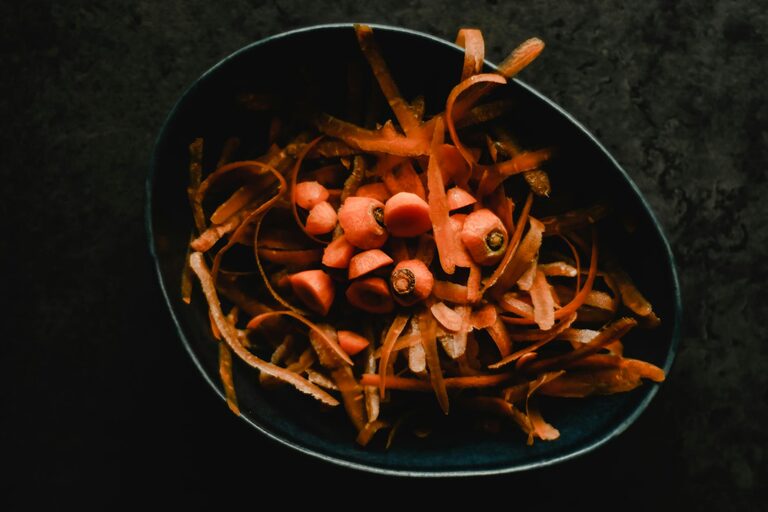Reducing food waste at home is not only good for your wallet but also benefits the environment by conserving resources and reducing landfill waste. With a few mindful changes in how you shop, store, and use food, you can make a significant impact. This guide offers practical steps to help you reduce food waste in your daily life.
The Importance of Reducing Food Waste
Food waste is a global challenge. When food is thrown away, all the water, energy, and labor used to produce it are wasted too. Additionally, decomposing food in landfills generates methane, a potent greenhouse gas. By cutting down waste at home, you contribute to a healthier planet and often save money by making the most of the food you buy.
Plan Your Meals and Shopping
Make a Weekly Meal Plan
Planning meals ahead of time can prevent buying too much or unnecessary items. Think about what you want to eat each day and create a shopping list based on those meals. This helps you buy only what you need.
Check Your Kitchen First
Before shopping, take a look at what you already have in your fridge, freezer, and pantry. Use up older ingredients first. This helps reduce impulse purchases and food that spoils before it’s used.
Stick to Your Shopping List
While at the store, try to stick to your shopping list. Avoid buying items simply because they’re on sale unless you know you will use them. This reduces the chance of food going to waste because you bought too much.
Store Food Properly
Understand Storage Needs
Different foods require different storage methods to stay fresh. For example:
– Keep fruits like apples and oranges in the fridge or a cool place to extend freshness.
– Store bread in a cool, dry spot or freeze it to prevent mold.
– Keep herbs fresh by wrapping them in a damp paper towel and storing in the fridge.
Use Airtight Containers
Use airtight containers or reusable bags for leftovers and perishables. This helps prevent spoilage and keeps food tasting fresh longer.
Organize Your Fridge and Pantry
Place older items at the front and newly bought items at the back so you use them in the right order. Having a clean and organized space also makes it easier to see what you have.
Make the Most of Leftovers and Extra Food
Reimagine Leftovers
Instead of throwing away leftovers, get creative by turning them into new meals. For example:
– Use leftover vegetables in soups, stews, or omelets.
– Transform cooked rice into fried rice or rice pudding.
– Blend fruits that are overripe into smoothies.
Portion Control
Avoid making or serving too much at once. You can always save portions for later instead of letting food go uneaten on your plate.
Freeze Excess Food
If you have more food than you can eat, freeze it for later use. Many cooked meals, bread, fruits, and vegetables freeze well and retain their taste and nutrition.
Compost Food Scraps
If you do end up with food scraps like vegetable peels or coffee grounds, consider composting. Composting reduces landfill waste and produces nutrient-rich soil for your garden.
Use Technology to Help
Several apps and tools can assist in tracking your food inventory, suggesting recipes based on what you have, and reminding you of expiration dates. Exploring these can add convenience and further reduce waste.
Educate and Involve the Whole Family
Encourage everyone in your household to be mindful of waste. Teach children about the value of food and how to store and reuse leftovers properly.
Final Thoughts
Reducing food waste at home takes some planning and habit changes, but the benefits are worth it. By following these tips on meal planning, storage, cooking, and composting, you’ll save money and contribute to a more sustainable future. Start small and build these habits gradually for lasting impact.
Remember, every bit of food you save makes a difference!

